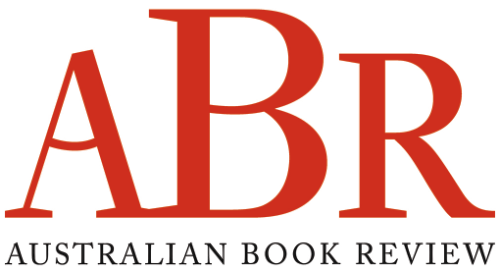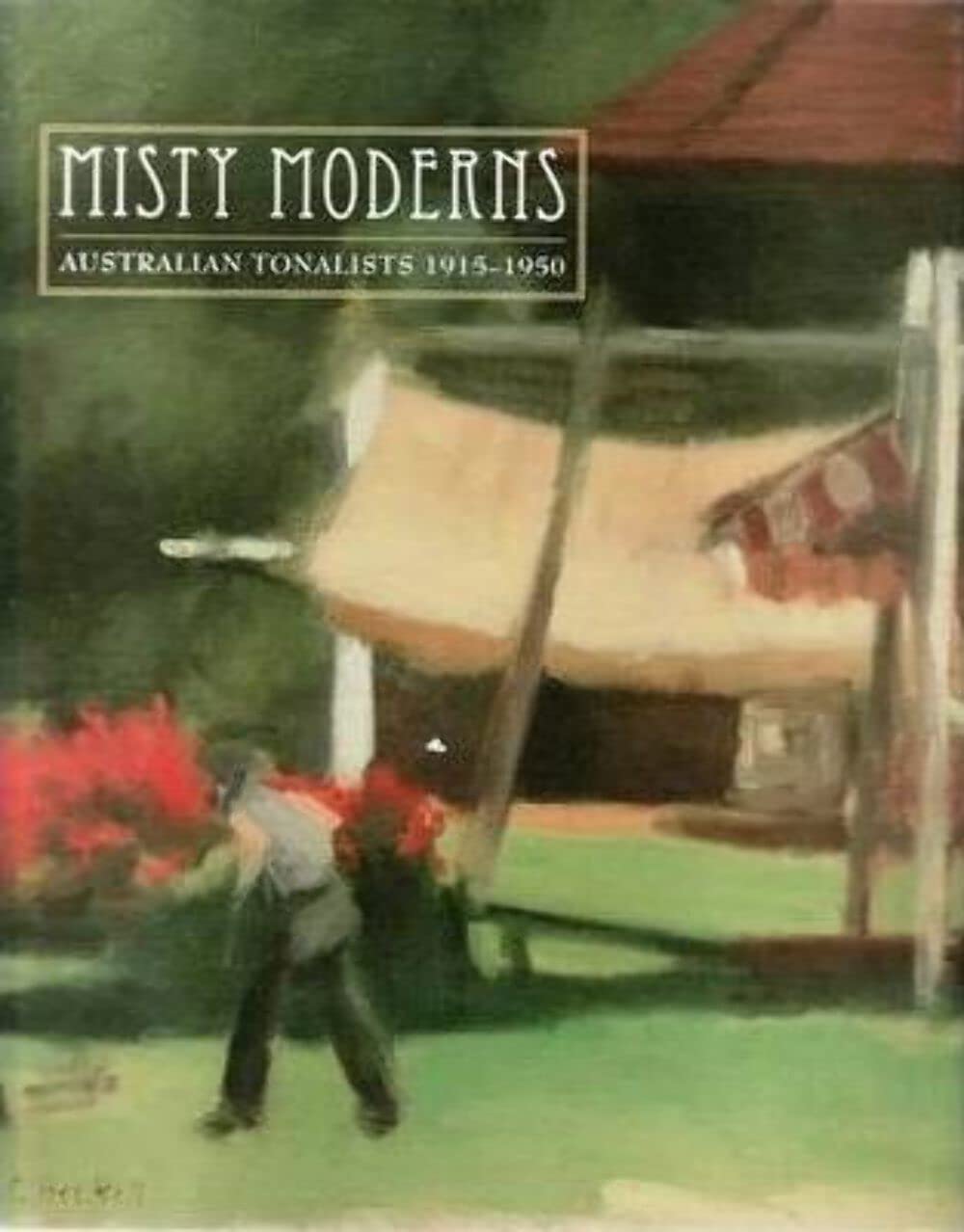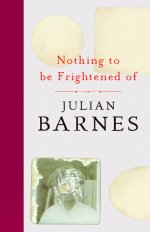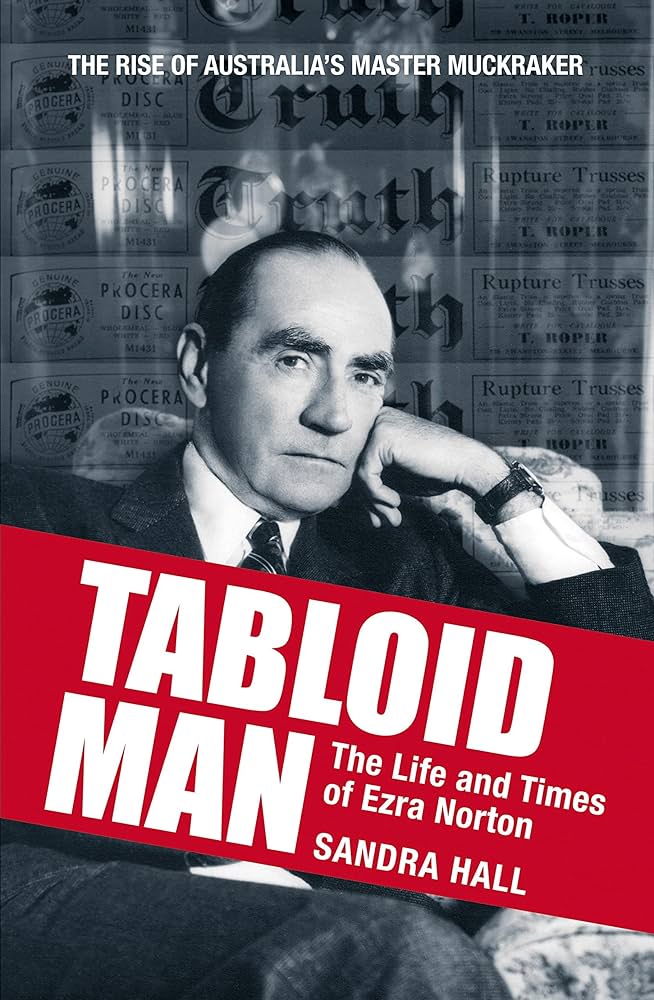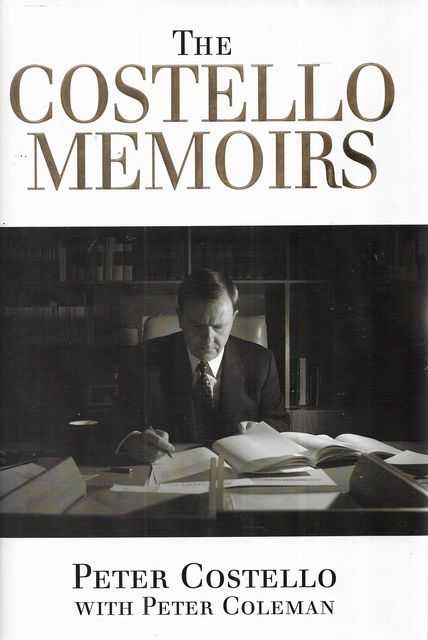Archive
Making the Cut by Anthony Elliott & Skintight by Meredith Jones
by Katie Wright •
Land of Vision and Mirage: Western Australia since 1826 by Geoffrey Bolton
by Jenny Gregory •
Misty Moderns: Australian Tonalists 1915–1950 by Tracey Lock-Weir
by Wendy Walker •
Goodbye Jamie Boyd by Elizabeth Fensham & Saltwater Moons by Julie Gittus
by Ruth Starke •
Tabloid Man: The life and times of Ezra Norton by Sandra Hall
The Costello Memoirs: The age of prosperity by Peter Costello and Peter Coleman
by Neal Blewett •
